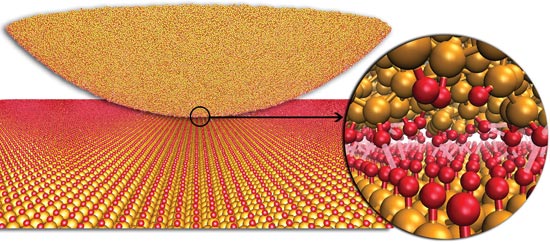A friendly and non-toxic method to create nano sticks from zinc oxide was developed for the first time by researchers in Saudi Arabia. This method is described in the International Journal of Nanoparticles

A friendly and non-toxic method to create nano sticks from zinc oxide was developed for the first time by researchers in Saudi Arabia. This method, described in the International Journal of Nanoparticles, allows the nano sticks to be used safely in medicine and for other applications.
Nano rods and nanoparticles made of zinc oxide have many uses. Their diameter is only about 100 nanometers, so they can be used in the food industry, for example as a source of zinc in breakfast cereals. They are also useful in dentistry and in creams and cosmetic preparations that protect against sunburn.
The material is also used as a sensor in detectors of changes in electric currents because it absorbs the molecular gas and can therefore be used in equipment to detect gas leaks. In electronics, zinc oxide revolutionized lasers and light-emitting diodes (LEDs).
Now, researchers M.A. Shah and M.S. Al-Shakri from Khalid University, and A.M. Ashiri from Abdul-Aziz University in Saudi Arabia, discovered a safe and convenient way to synthesize zinc oxide nanosticks. The method is based on a simple reaction of water with zinc powder at relatively low temperatures. "Since water is a convenient and non-toxic substance, the product can be used safely in biomedicine and other applications," says Shah.
In this way, it is possible to create various nanostructures from zinc oxide while avoiding the use of toxic organic solvents. In the new approach, zinc powder is added to water, and mixed using ultrasonic waves for several minutes. Then heat to a temperature of 200 degrees Celsius for 24 hours.
The researchers found that they could thus produce uniform nanorods 30 to 100 nanometers in size. In addition they found that they could use pure water in a simple way to create on a large scale.

5 תגובות
Nadav, learn to look at things positively, you know we are only developing things in the medical field. Have a good year
May I know what the previous method was? (poisonous?)
The question is how the hell do you make an explosive from zinc nanorods?
Apparently, the Saudi king's huge investments in academic education in his country are beginning to show signs
This is the first time I hear about a scientific breakthrough or technological development, which comes from an Arab country.